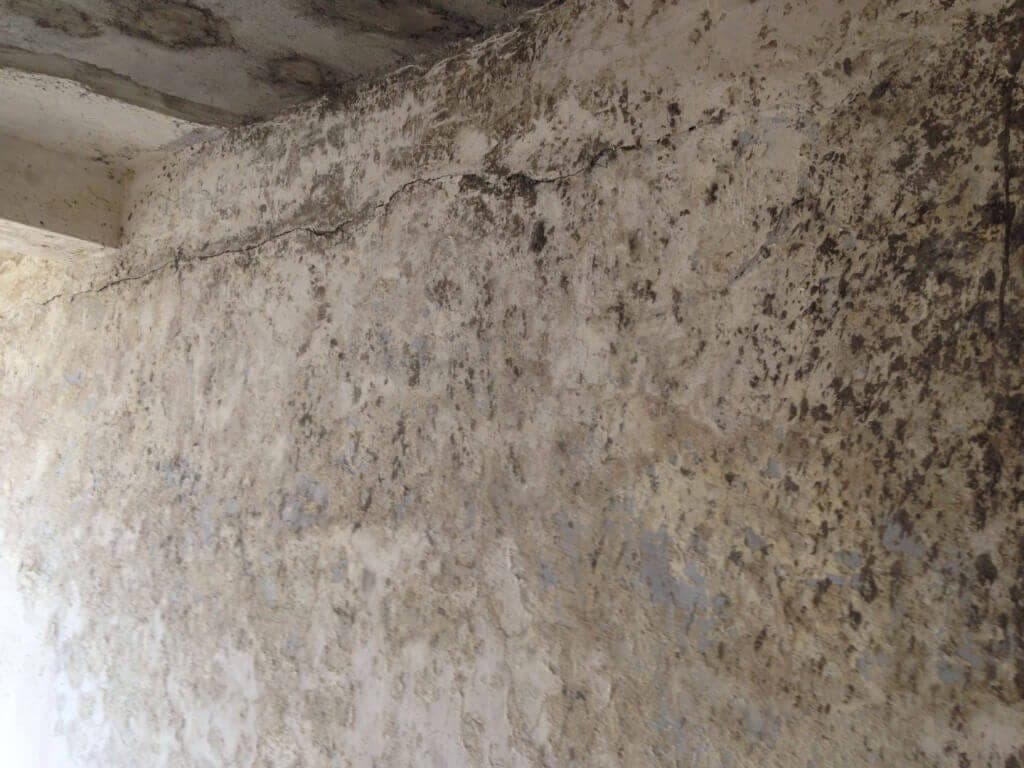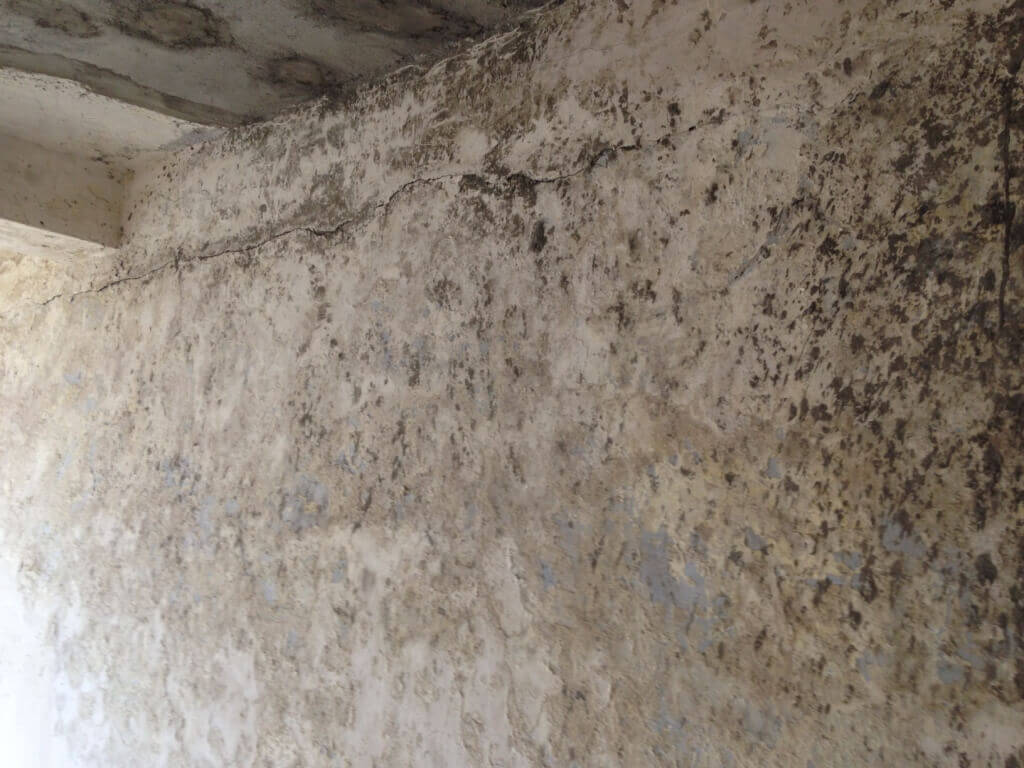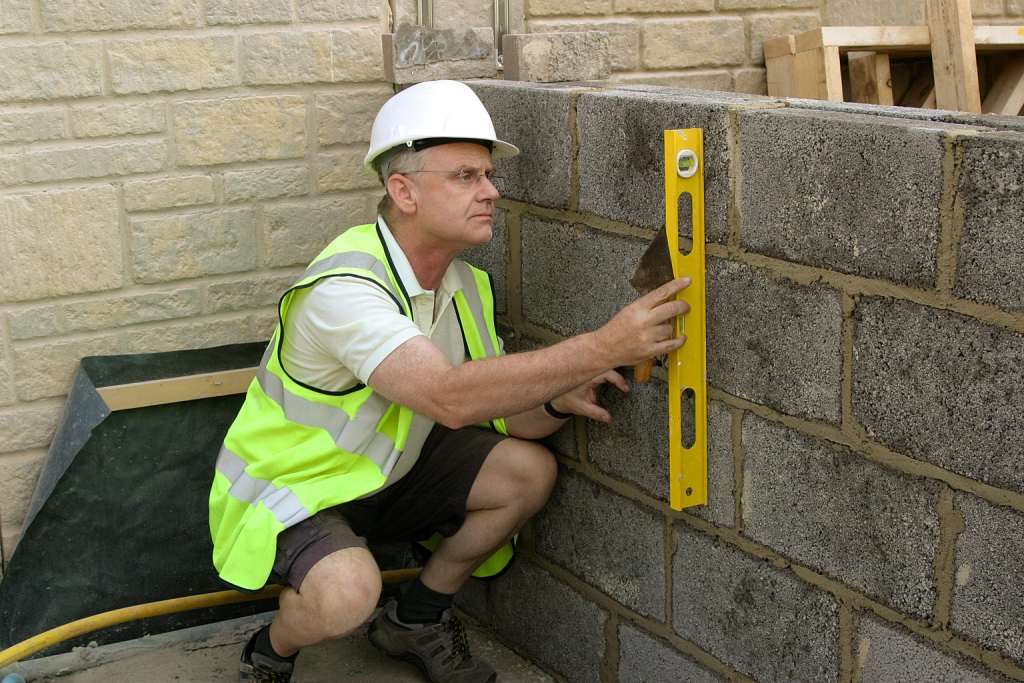
The problem of separation crack in the building is becoming difficult to understand for engineers nowadays. Cracks between RCC and masonry joints are an inevitable response of any structure while designers are trying to eliminate many of the causes it. When we talk about cracks, it is necessary to identify the nature, width, shape and type of cracks. Let’s talk about the general causes, preventions and repairs of separation cracks between RCC and masonry joints, seen particularly at the bottom of RCC beam and top of the masonry wall or at the joint between the RCC column and masonry wall.

Separation Cracks RCC Beam Bottom and Top of Wall
The Cause of Separation Cracks between RCC and Masonry Joint:
These are the most widely and commonly seen separation cracks in modern RCC framed structures. Such cracks are actually a gap between the bottom of RCC beam and top of masonry wall which is never filled perfectly and after plastering, reappears in the form of cracks which is basically construction joint not properly filled.
Most of the time, the RCC work is done first, and masonry is done subsequently. In spite of all the care and precaution one may take, it is not possible to fill the joints airtight with mortar unless done very meticulously (very carefully and precisely).
The other reason for such type of cracks may be due to not following sound construction practices and observing precaution while construction of brickworks. Normally for any brick masonry, the masonry work should not be done more than 1 meter in height per day. It should be checked properly.

When you do masonry of 2.4 or 2.6-meter height in a single day, it happens that the bottom most fresh layer of mortar suffer loading from top masonry, before the mortar gains sufficient strength. Due to this premature loading, there would be some settlement of mortar joints which will ultimately appear as a separation crack between beam bottom and top of the wall. Hence do masonry work less than 1 meter in height per day.
Preventive Measures to Avoid Cracks Between RCC Beam Bottom and Top of Masonry Wall Joint:
- Proper monitoring should be done at the time of construction. Follow sound construction practice.
- Apply aggregate (finer one) wrapped in cement mortar 1:1 in the joint between RCC beam bottom and the top of masonry layer, and fill the joint completely with care.
- Chicken wire mesh should be fixed between RCC and masonry joint before commencing plaster work. Chicken wire mesh of 300 mm width should be fixed along the full joint length with nails. Alternately use recron fibers for preparing mortar at the joint (1% by Volume)
In spite of, doing this many of these cracks reappear, this can be repaired by any of the following methods.
Repairing of Cracks between RCC and Masonry Joints:
- Defective cracked plaster should be removed first.
- The edges should be slightly cut in V, square, or rectangular shape to provide a neat joint.
- Clean the surface with wire brushes, blow with air and wash it with water.
It is very important to evaluate the cracks between RCC and masonry joint and then adopt crack filling methods.
Separation Crack Between RCC and Masonry Joint should be Filled by the Following Method:
01. Epoxy Injection:
- Filling cracks with epoxy grout like Dr. Fixit Epoxy Injection Grout and Fosroc Nitokit LV (Pre-packaged low viscosity or thixotropic epoxy crack injection systems).
02. Routing and Sealing:
- Sealing cracks with the flexible sealant like Dow Corning(R) Contractors Concrete Sealant. (Silicon sealant)
03. Stitching:
- Stitching the cracks with epoxy adhesive like 3 M Synthetic Resin Adhesive and Araldite Standard Epoxy Adhesive
04. Gravity Filling:
- Filling cracks with low viscosity monomers and resins like Dr. Fixit Crack-X Shrink free
05. Dry Packing:
- Packing cracks with low water contain mortar mix like Dr. Fixit Magic Mortar and Fosroc Renderoc M 150-F
06. Polymer Impregnation:
- Impregnations of polymer into cracks with polymer mortar like Dr. Fixit Polymer Mortar PX and Dr. Fixit Polymer Mortar HB
Also Read:
Horizontal Cracks in Walls of RCC Framed Structure
Classification of Cracks: Nature wise, Width wise & Shape wise































